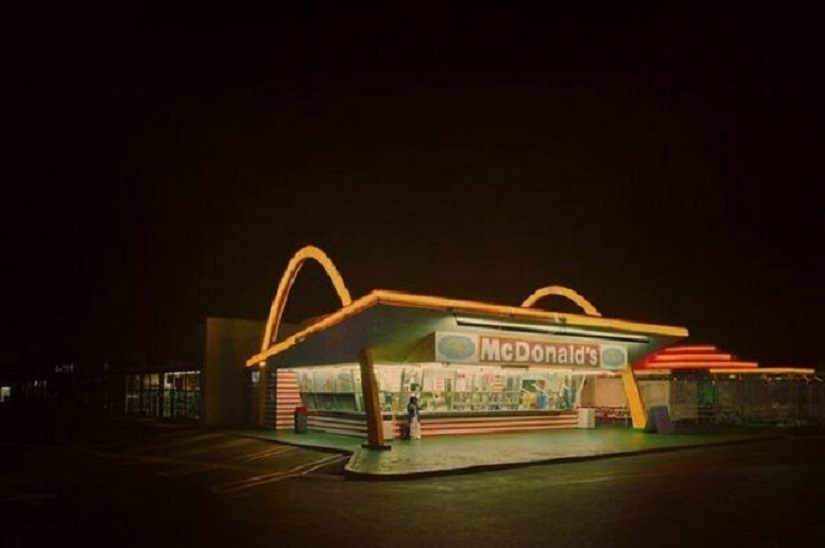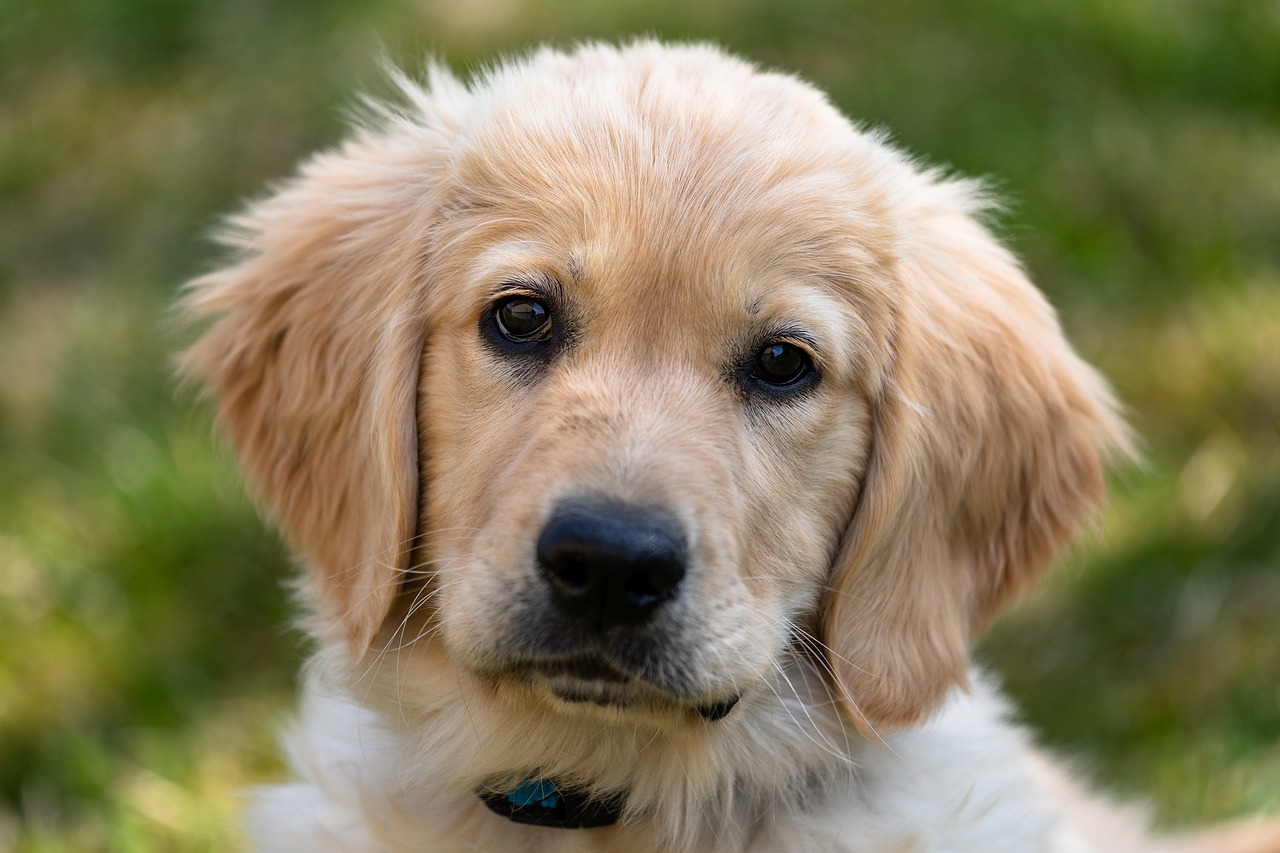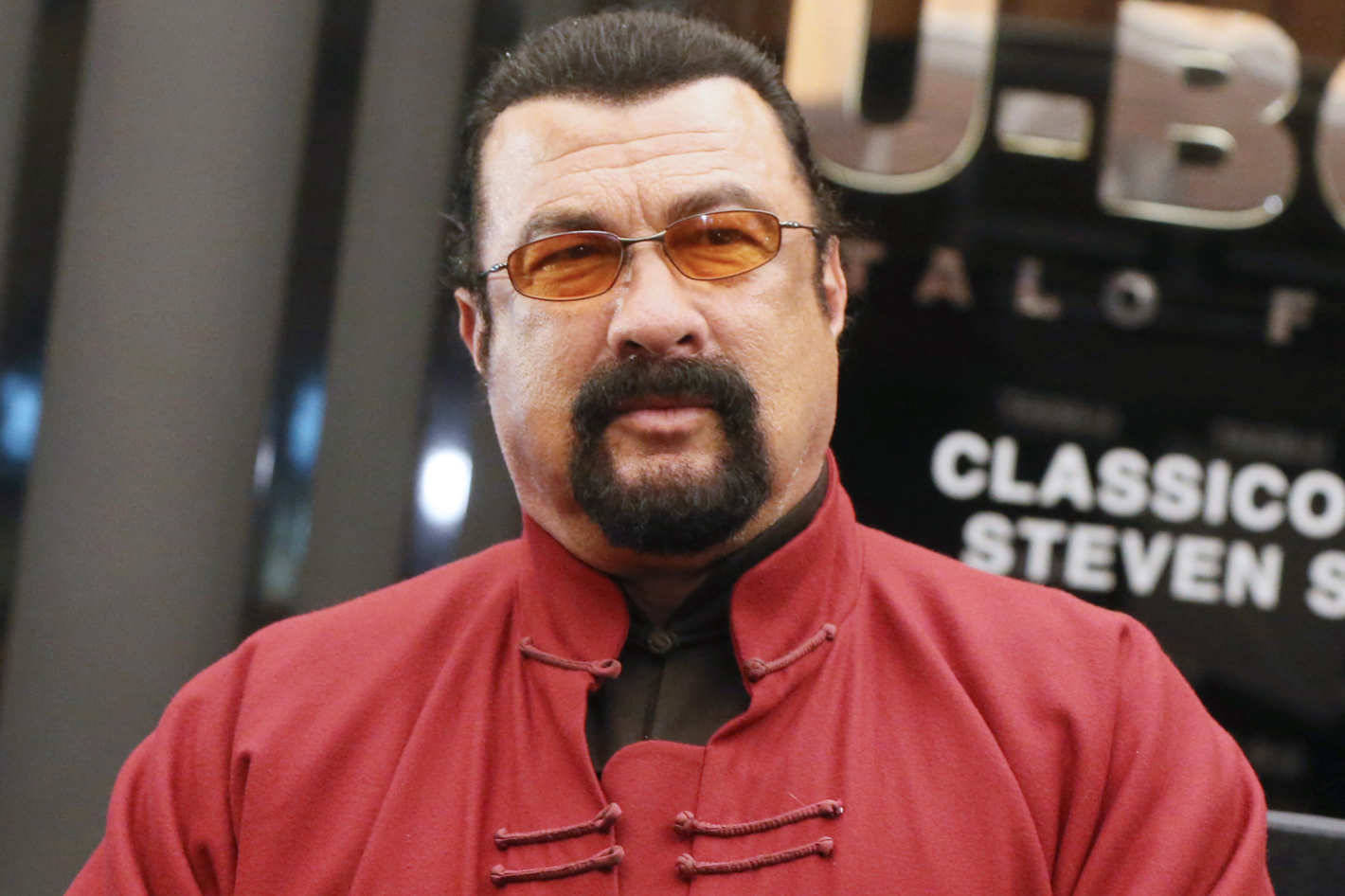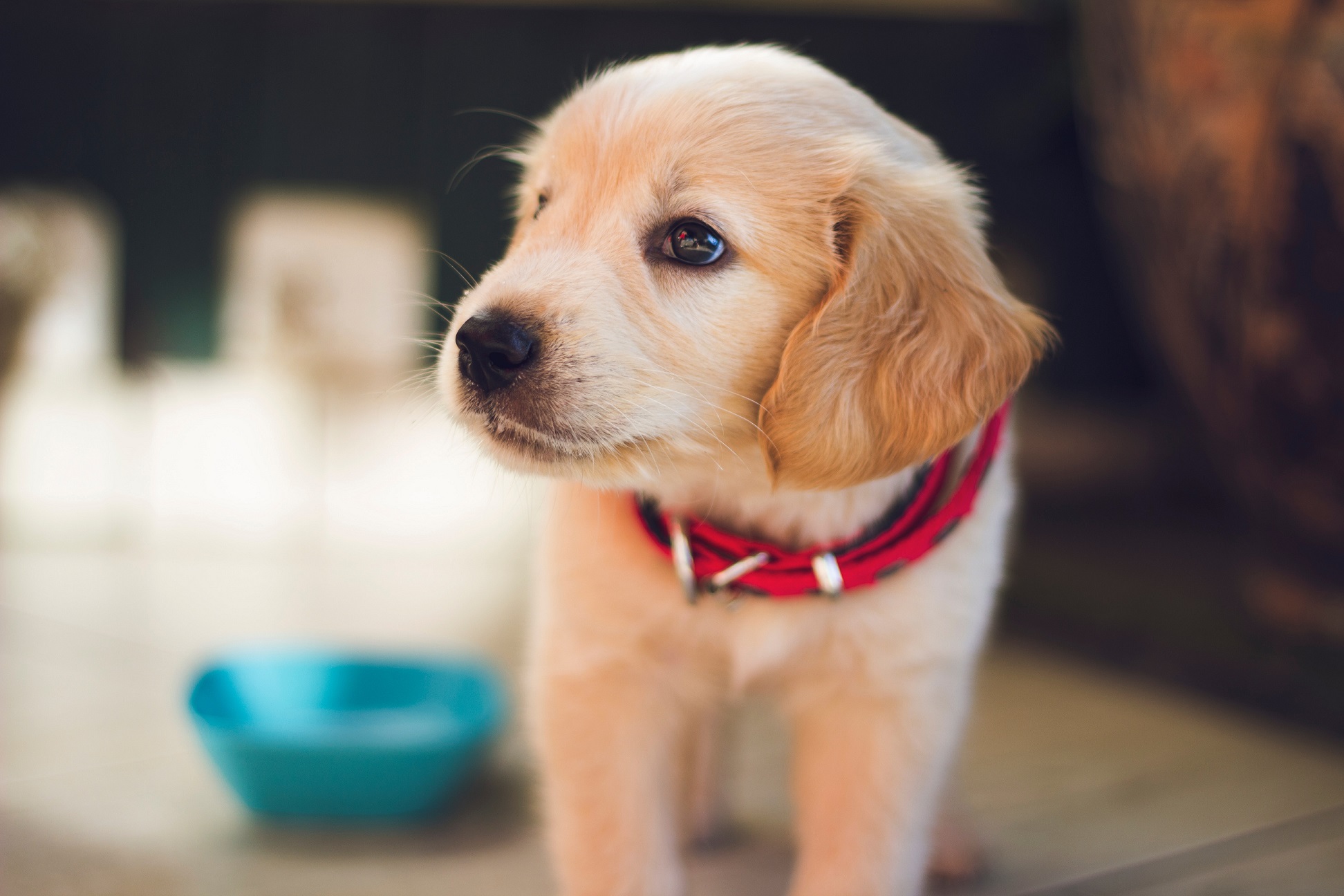What causes hurricanes?

Hurricanes are the most destructive storms the planet experiences. This terrifying natural disaster is referred to by different names in different parts of the world. Scientifically, they’re called tropical cyclones. In North America, people call them hurricanes. On the other hand, tropical cyclones in Asia are called typhoons. In the end, their name doesn’t matter because they are formed the same way.
You can picture a tropical cyclone as being like an enormous engine, with warm moist air being the gas that powers it. That’s why they only appear in the equatorial regions above warm ocean waters. Warm moist air rises from close to the surface of the ocean; as it rises, there is less air close to the surface, so we have an area of high pressure high up, with low pressure near the surface.
High-pressure air from neighbouring areas moves in to fill the low-pressure area. This area then warms and becomes moister and also start to rise. With warm air continuing to rise, more air comes in to fill the gap. When this warm moist air reaches a certain height, it starts to cool down, with the moisture it contains forming into clouds. These clouds and their associated winds start to spin round, with the heat and evaporating water from the ocean continually driving the process.
A closer look at hurricanes
If a storm forms north of the equator, it will spin in an anticlockwise direction; on the southern side of the equator, it will spin clockwise. This is due to the effects of the rotation of the Earth.
As the rotation of the storm system increases, an “eye” appears at the center. This is a very clear and calm spot, where the air pressure is extremely low. This draws in higher pressure air from upper levels.
When the wind speeds in this great spinning system get to 39 miles an hour, the storm is designated as a “tropical storm”; when the wind gets to 74 mph or more, it’s then an official “tropical cyclone” or hurricane.
Tropical cyclones generally become weaker as they reach landmasses because the “fuel” they need to drive them from warm ocean water is no longer present. Nevertheless, they still have enough energy to drive a long way inland, dropping huge amounts of rainwater and causing massive damage with their high winds before they peter out.
Tropical cyclone categories:
There are five categories of cyclones ranked from one, being the least aggressive to five which is the strongest and most catastrophic one. A category one cyclone is characterised by wind speeds of 74 to 95 mph, minimal land damage and an estimated tsunami-like wave of 4 to 5 feet. A category two presents winds of 96 to 110 mph, moderate land damage and a tidal surge of 6 to 8 feet. Category 3 means 111 to 129 mph winds, extensive land damage and a storm tide of 9 to 12 feet. Category 4 implies 130 to 156 mph winds, extreme land damage and a 13 to 18 feet storm surge. Finally, a category 5 cyclone will have wind speeds of 157 or higher, catastrophic land damage and a storm surge of 19 feet or higher.
Hurricanes are observed by a pair of GOES satellites looking down on the earth from 22,300 miles into space. The satellites were designed by NASA and are run by the National Oceanic and Atmospheric Administration; they can save many lives by allowing weather forecasters to make predictions about where hurricanes will hit and hopefully give people enough warning to evacuate or take cover as necessary. Even if we can save thousands of lives by warning people, hurricanes often leave a path of complete destruction behind them.
We certainly hope people residing in dangerous zones are able to afford home insurance, as losing your house is already heartbreaking enough without having financial problems.







